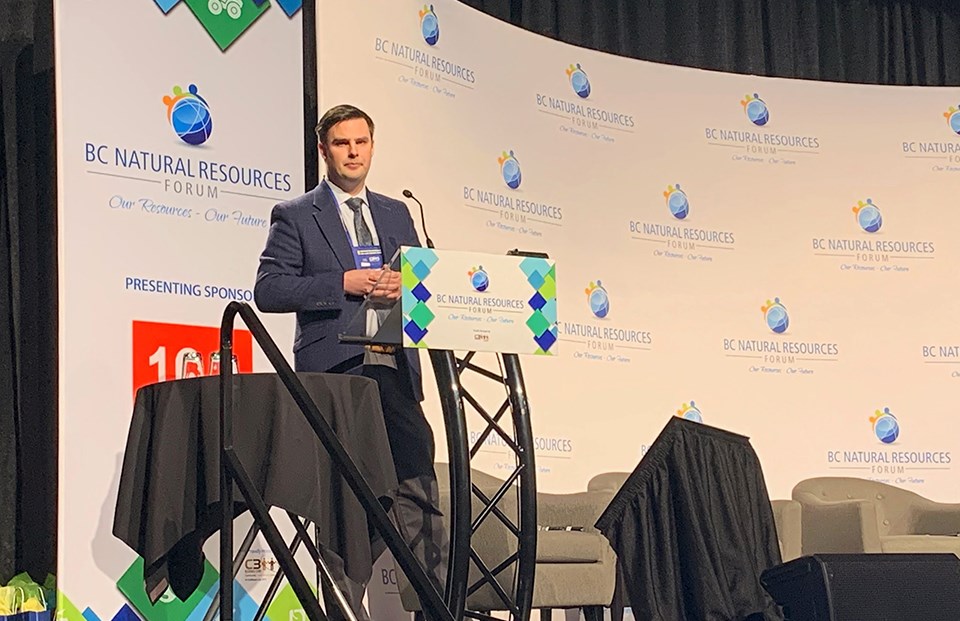A new economic report is highlighting the impact of major energy projects in northern B.C. and the ongoing challenges in the forestry industry.
The 2019 State of the North Economic Report published today (Jan. 29) by Northern Development Initiative Trust (NDIT) highlights a wealth of new data on the region's key sectors.
The report suggests the short-term outlook for the northern economy is mixed at best as the region welcomes significant energy investment thanks to Site C and LNG Canada, but is challenged with a deepening decline in the interior forest sector.
“This year’s report really sheds light on what we’ve been hearing anecdotally for years – that the rural economy is transitioning to a new mode of operation, albeit at a slower pace than Canada’s major urban centres,” said Joel McKay, NDIT Chief Executive Officer in a news release.
“For us, it highlights the continued need to support our natural resource sectors wherever possible, invest in diversification and knowledge-based job opportunities and support our communities to ensure they’re attractive, vibrant places well-positioned for long-term sustainability.”
It was independently researched by MNP, one of the largest full-service chartered accountancy and business advisory firms in Canada.
The report details the unemployment rate in the region, which remains 1.1 per cent higher in northern B.C. than the province as a whole, but is still relatively low at 5.8 per cent overall, with improvements in the northwest and north-central region in the first nine months of 2019 compared to 2018.
On a sector-by-sector basis, the short-term outlook for mining, oil and gas and tourism is up, while agriculture remains unknown due to trade concerns and weather patterns and forestry is expected to continue to decline.
For this year’s report, MNP included new data that highlights the transition in B.C.’s rural economy.
The data shows, although natural resource sectors continue to generate significant GDP for the province, employment in those sectors has been on a continual decline over the past generation as each sector automates and adopts new technology for more efficient operations.
Looking ahead to 2040, on a region-by-region basis, NDIT points to shifting demographics and slower population growth in the north compared to all of B.C.
Urban areas in the southwest corner of the province are expected to see outsized growth in the years ahead.
Despite these challenges, NDIT says the near-term outlook sees an upside forecast in new business formations and housing starts, signalling major projects, primarily led by the oil and gas sector, are driving development in key parts of northern B.C.



